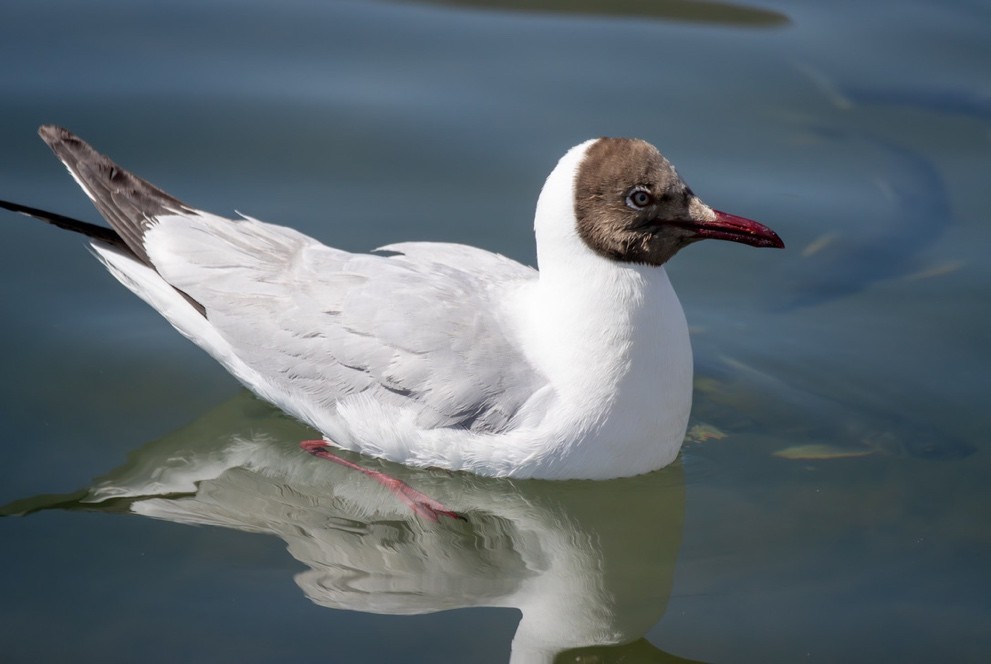
By Peter Hinow
Originally from Dresden, Germany, Peter Hinow is a mathematics professor at the University of Wisconsin in Milwaukee, Wisconsin, USA. One day, when left unsupervised at home, he toyed around with a 300 mm lens that his better half had bought as part of a camera package, and which had sat several years in its original box unused. It turns out, they can make distant objects appear closer!
This summer, our family and a family of friends undertook an epic road trip along the Silk Road, from Xining in Qinghai province to Dunhuang in western Gansu. Before every trip, I check out eBird for hotspots and target species lists for my target destination. As is well known, hotspots can have varying degrees of accessibility, and accessibility can also change over time. In the case of Lake Qinghai, the stunning saline lake at 3200 m altitude surrounded by majestic mountains, it has been fenced off at 100-150 m from the shore for conservation purposes. Seeing this for the first time, the conscious birder and wildlife photographer must overcome a certain sting of disappointment before noticing that the fences make for excellent perching locations.
My first novel species on this trip was the curious little Ground Tit (Pseudopodoces humilis), which lives on highland meadows between the Himalayas and the Qinghai-Tibetan Plateau. Its taxonomic journey includes once being classified as a corvid before finally arriving in the tit family (Paridae). With a little luck, you can see them paying homage to their former English name, “groundpecker”.
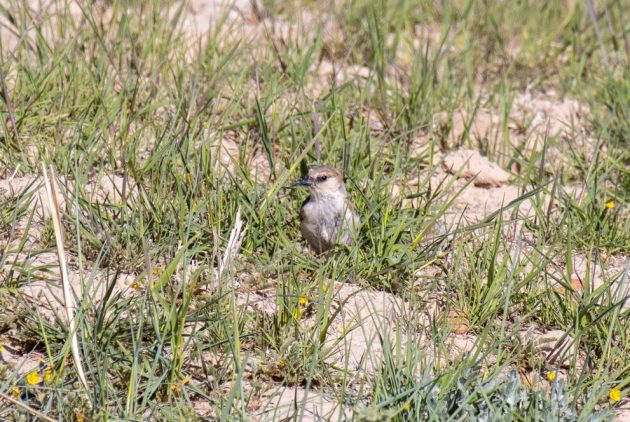
Ground Tit (Pseudopodoces humilis), Xiaobeihu Freshwater Marsh, southeastern corner of Lake Qinghai.
One of the few locations where the lake is accessible to tourists is the Erlangjian Scenic Area. You take a boat from the pier on the southern shore to the tip of a peninsula and then make your way back by bus, stopping at several places. Eye-catching were the Brown-headed Gulls (Chroicocephalus brunnicephalus), Hill Pigeon (Columba rupestris), and Hume’s Lark (Calandrella acutirostris). Allan Octavian Hume (British, 1829-1912) must have been rather popular among people who coin popular species names; seven bird species are listed on eBird as “his”. Curiously enough, Mrs. Hume also got one, a pheasant.
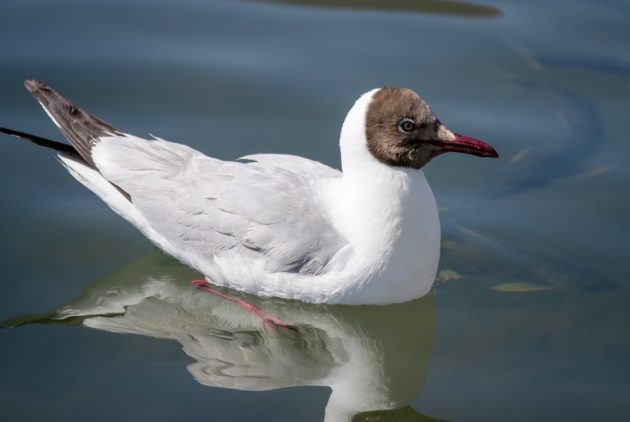
Brown-headed Gull (Chroicocephalus brunnicephalus), Erlangjian Scenic Area.
On the western shore, I finally got to see from up close what I had been hoping for from the beginning, the Bar-headed Goose (Anser indicus). With occasional records at 8800 meters, these majestic geese are among the highest fliers on their daunting migration route from India to China and back. I had seen them in Frankfurt’s Palmengarten, but of course, that was only a “provisional lifer” since they are an introduced species there.

Bar-headed Goose (Anser indicus) at a tourist spot on the western shore of Lake Qinghai. I had a nice coconut latte when I took this picture.
From Qinghai, we drove into Gansu, passing some serious mountains along the way. “Himalayan” is one of the coolest things a bird can have in its name, and so I am quite glad I got to bag the corresponding Griffon (Gyps himalayensis).
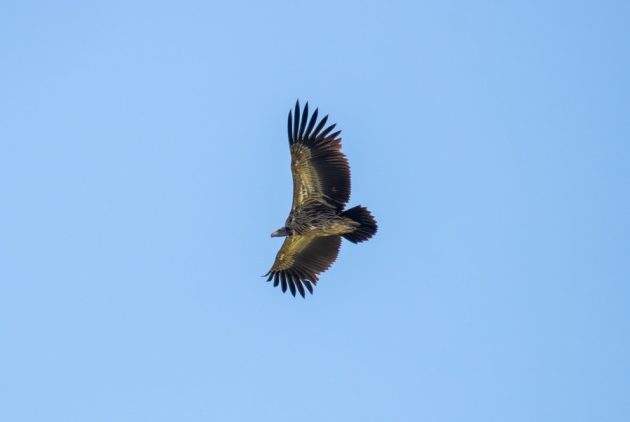
When seeing a soaring raptor while driving, one must fight the impulse to slam on the brakes to take pictures. Roads in that part of China are narrow, and drivers of heavy trucks have a certain – shall we say – assertiveness. Nevertheless, I was lucky to catch a moment without traffic.
In Gansu, our first stop was at the Shandan Military Horse Farm, where, during several dynasties and until the present, horses are bred, although today in much smaller numbers. The area surrounds a small reservoir, which is – you guessed it – surrounded by a fence. But again, fence posts can be a great place for surprises, for example, when a Little Owl (Athene noctua) lands right in front of you. I normally think of owls as super secretive and near impossible to find on your own. Nice to be wrong.
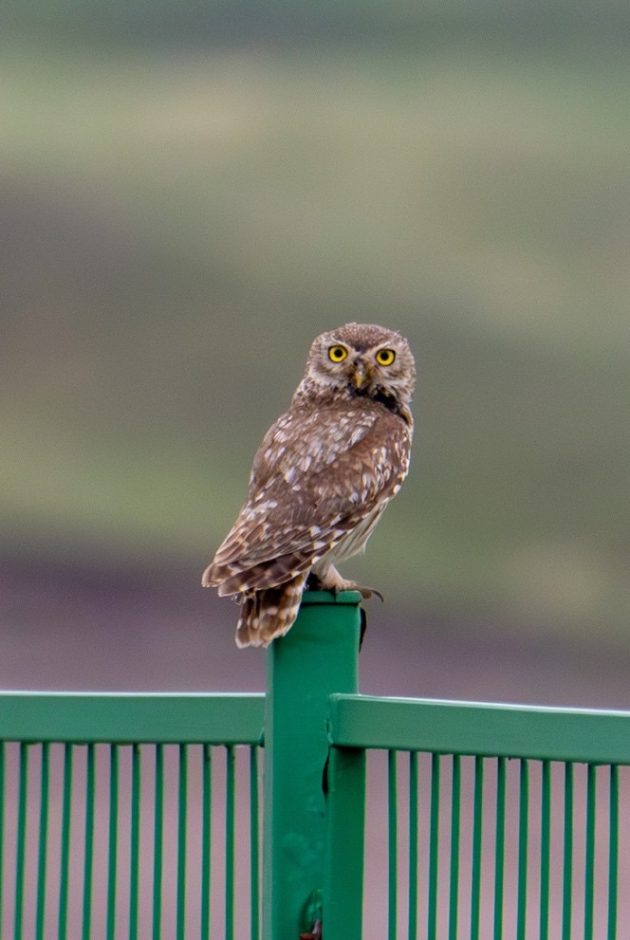
Little Owl (Athene noctua), Xida River Reservoir, Gansu.
To be continued.







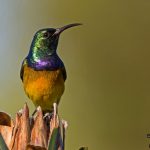


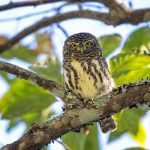


I’ve always been confused by the Black-headed Gull – thinking it looks more brown-headed. Now, seeing your photo of the Brown-headed Gull, I see the difference. Love the Little Owl. Can’t wait for part two.
Brown-headed gull, brown-hooded gull, black-headed gull, black-hooded gull…
I agree about the gull head color thing. It is helpful to see with your photo that the brown here is less brown than the darker brown black of the black headed gull…and then there is the Laughing Gull. Sometimes all black headed which confuses novices into thinking there is a rarity – because it is black headed why wouldn’t it be the black headed gull? But no….in gull land things are tricky always. Great first segment. Looking forward to part two.
Creativity took a backstep not only in naming these gulls (shame on you, humans!) but also in designing them (shame on you, god or evolution!)
Black-headed Gull’s scientific name is Chroicocephalus ridibundus, ridibundus means laughing. But it isn’t the Laughing Gull… and the Laughing does have a black hood.
Such a nice blog post! One can feel yoyr love to being outdoors& exploring, and birds of course! Writing this on the beach of the Hague after i phoographed tons of jelly fishea and cuttle fish eggs 🙂